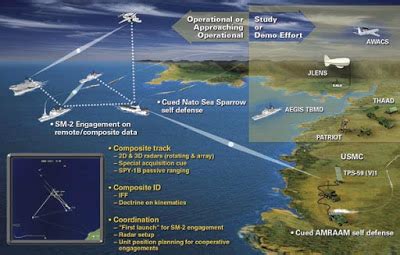War with China: Part 2 – Situation and Operational Concept Overview

Over the last twenty years, The PRC has built up their military with the intention to become the dominant power in Asia. Their intent has been captured numerous times by several Department of Defense (DOD) intelligence assessments and has been submitted to Congress annually. Current PRC strategy places an emphasis on denying the US the ability to project military power in a contested operation regarding Taiwan, hence the term; “Anti Access and Area Denial” (A2/AD).
Various assessments have been generated concerning the PRC’s intent on denying the U.S. freedom of maneuver and outlined the strategies and weapon systems China would need to achieve this goal and it can be independently verified by analyzing the procurement of systems and weapons that further said strategy.
PRC Strategy and Military Build-Up
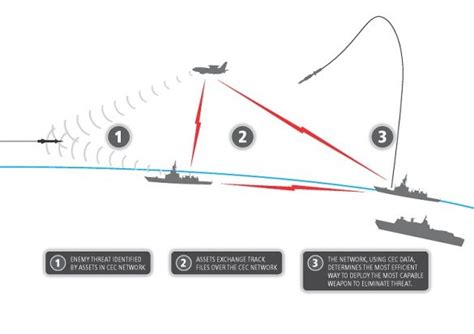
The PRC plans to secure itself by increasing its presence overseas as well as ensuring its energy security. The PRC began establishing numerous outposts in the South China Sea, by claiming islands and militarizing them. These islands serve as logistical hubs and provide locations for early warning centers for PRC forces, as well as hosting advanced radars along sea lines of communications. These examples also serve as an indicator of strategic intent, since they partially demonstrate how the PRC plans to secure their vulnerable lines of maritime commerce, as well as increasing their access and, in turn, influence on nations that are located in proximity to vital energy and commerce sectors.
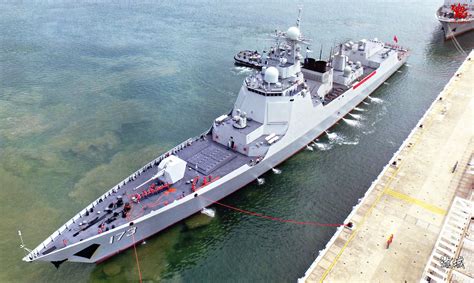
Additionally, the PRC continues to build up its own expeditionary capabilities by constructing aircraft carriers and amphibious assault ships. The buildup is also aimed at regional competitors, notably Japan, South Korea, Singapore, and Vietnam with the intent of deterring U.S. allies from providing staging bases or aligning with the U.S. in the event of hostilities occurring. Acquiring these new platforms will also help the PRC to conduct expeditionary operations and deploy forward in Qatar, Pakistan, and Bangladesh, in proximity to the Indian Ocean. Intelligence assessments correctly identified PRC intent as far back as the late 1990s, when China purchased their first carrier from the Ukrainian Navy, as reported in the year 2000.
PRC Military Strategy in the Event of War
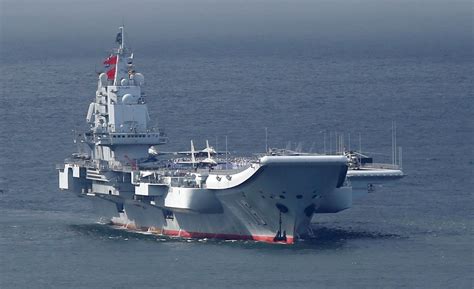
Current PRC military strategy in the event of war emphasizes unified operations in all domains. PRC factors geographical constraints and limitations into their plans. The PRC will likely attempt to conduct offensive and defensive operations within the First Island Chain, as to maximize their numerical superiority, leverage mainland-based assets, including ground-based strategic forces and the geographical distances which in turn forces third-party forces to transit farther distances in order to reach the area of battle. This also helps to mitigate PRC military weaknesses and shortcomings.
With regards to Taiwan, the PRC will seek to establish maritime superiority and interdict Taiwanese sea lines of communications within a week. The PLAAF will seek to obtain air superiority over the Strait of Taiwan, the Taiwanese Island, and the immediate aerial zones around the island within two weeks. It is assessed that this effort would likely begin prior to the PLN operations, which further ensures security to PLN forces during operations as they sortie into position(s). The PRC possesses a full range of modern drones, missiles, rockets, and strategic weapons, some armed conventionally, which will also be employed in support of PLAAF and PLN operations. This synergized approach, utilizing the full array of its arsenal, will seek to overwhelm and defeat ROC forces within two weeks to enable PLN and PLAAF forces freedom of maneuver to better posture itself to address anticipated US and coalition partner forces arriving to contest PRC operations on behalf of Taiwan.
US Strategy in the Indo-Pacific Region
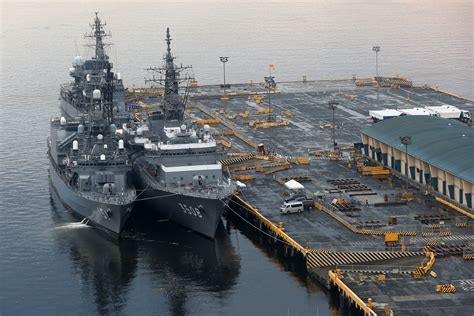
The current U.S. strategy in the INDO-PAC region centers on the utilization of several forward-deployed bases in Japan, the ROK, Guam, and Hawaii. In addition, US forces are integrated with several regional security partners and foster inter-operational capabilities. This approach magnifies US combat power and facilitates quicker access to the area of operations if a contingency were to arise. In the event of war, such close proximity to the AO is critical for US operational planning purposes, and in turn, affords theater commanders options on how best to employ a military response. The US military is adjusting and updating their operational strategy for war with the PRC by adopting new operating concepts. These concepts are still in their infancy and are titled Distributed Maritime Operations (DMO) and its supporting concept known as Expeditionary Advanced Base Operations (EABO). Together, these concepts seek to reduce PRC advantages that arise from the forward deployment of US forces while maximizing US advantages.
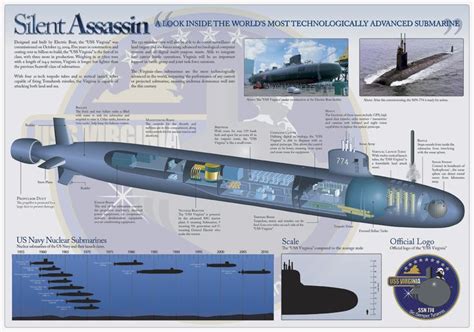
Additionally, the US also is shifting more into a joint operational approach that builds upon Air-Sea Battle doctrine. One way this is being accomplished is by fusing all sensors together into a grand common operating picture as well as bringing in the US Army with EW, Air Defense and long-range precision fires, all to further augment forces in the engagement area. Ultimately, this operational shift will have US and coalition partner forces in a dispersed posture, operating separately, linked with a globally networked battle management system that affords the user(s) the ability to attack from multiple directions and outside of PRC main forces.
Conclusion and Future Considerations
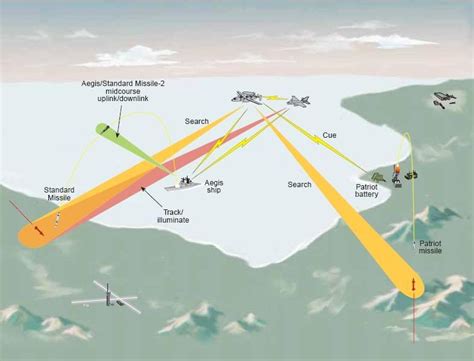
Ultimately, US and coalition forces will rely on whether the political will of the US allows for active and aggressive operations against the PRC in the event of war. Depending on the political limitations emplaced on the US military (and thus coalition forces) any scenario can have different outcomes. In Part 3, we will discuss the variables associated with the scenarios (Pt 1) and the situation and overview (Pt 2).
Kindly,
Mel Daniels
————————————-Nothing Follows—————————————
